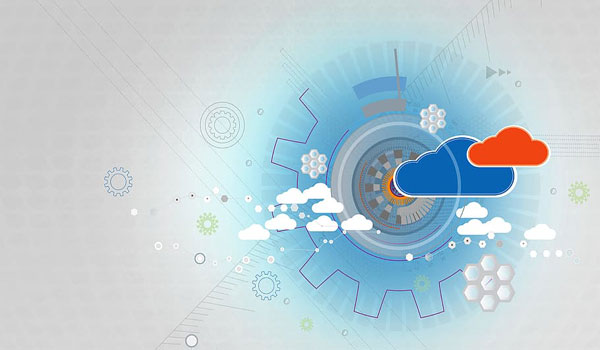In today’s fast-paced business world, entrepreneurs must get what they want and need right away, whether they’re on their laptops, tablets, or cell phones – or even in the office, out in the woods, or on the highway.
Virtualization enables users to view data from any location via the internet. Business owners use cloud technology to collect information from any connected computer, anywhere.
Cloud services data and stores on the internet instead of on your machine or a database in your office. The system is available via a centralized internet hub, which allows anyone with the necessary permissions to access it from any place with a broadband connection.
The primary principle of cloud technology is the centralized use of software and functionality typically found on a device via the web.
All is possible on physical servers, so storage arrays and server retrieval can be performed from everywhere.
It is necessary to provide a completely operational computing infrastructure in another location that is fully accessible on the web.
Cloud computing is currently a great trend for major corporations and industries due to the global financial potential associated with big frameworks.
In fact, virtualization and cloud services are connected but not quite the same thing. The most fundamental distinction regarding cloud computing and virtualization is that even the previous is a platform – specifically, software that removes transportation systems to build various necessary teams – while the other is a service based on server virtualization.
In other words, while virtualization does indeed occur independently of cloud technology, network virtualization serves as the foundation for cloud technology.
Cloud computing allows the exchange of computational power, software, or information that’s also distributed as a web-based service.
The most notable advantages of cloud computing are parallelization, expect to be paid to the bill, and fast setup. In a given environment, however, the public cloud has less power than cloud computing.
Devices or services can be simulated using virtualization.
Virtualization is most often achieved by separating a unified piece of tech into two or maybe more independently owned parts.
Database cloud computing, for instance, splits the main server into a fixed handful of discrete servers.
Virtualization technology, on the other hand, incorporates several distinct data storage into a unified, coherent warehouse. Cloud computing, in all cases, helps to render data centers autonomous of equipment or basic infrastructure.
Cloud computing enables consumers’ and IT managers’ lives to be simpler. It’s no surprise that this development has gone from a phenomenon to a tangible fact in just a few years, with applications in every market sector.
Many smaller companies use the internet for software such as customer engagement (CRM), a managed voice through IP (VoIP), and off-site processing.
The price of someone using the network is far smaller than the expense of introducing cloud computing.
Cloud computing also allows for faster development of software and devices, accessibility to information that would otherwise have been out of reach, and the opportunity to test the technology before purchasing it.
Implementing surface technology needs a small commitment. People use virtualization in software for a variety of purposes.
The most accepted definition for PC users is the ability to run programs designed for a particular web browser without having to turn machines or restart them into a separate system.
Virtualization provides server management with the ability to run multiple operating systems, but more importantly, it provides a way to divide a centralized structure into several smaller pieces, allowing the database to be used more effectively by a variety of different users with varying needs.
It also enables separation, keeping chrome extensions within a virtual machine apart from operating systems in another Linux environment on the same host.
A CPU is software that allows you to create and manage virtual servers. System components have historically been classified into two types: type one, or “simple metal,” speculators that operate guest virtual servers explicitly on a host system, effectively acting like a web browser, and tier 2, or “cloud” hypervisors.
Type two, or “sponsored” virtual servers, operate much like conventional programs, with the ability to be begun and halted much like every other software.
This break is less common in modern systems, especially with structures like KVM. KVM, which stands for edge Linux environment, is a component of the Windows version that allows you to run virtual servers directly, but you can also use a device running KVM virtualization as a regular computer.
Related: The Pros and Cons of Virtualization


